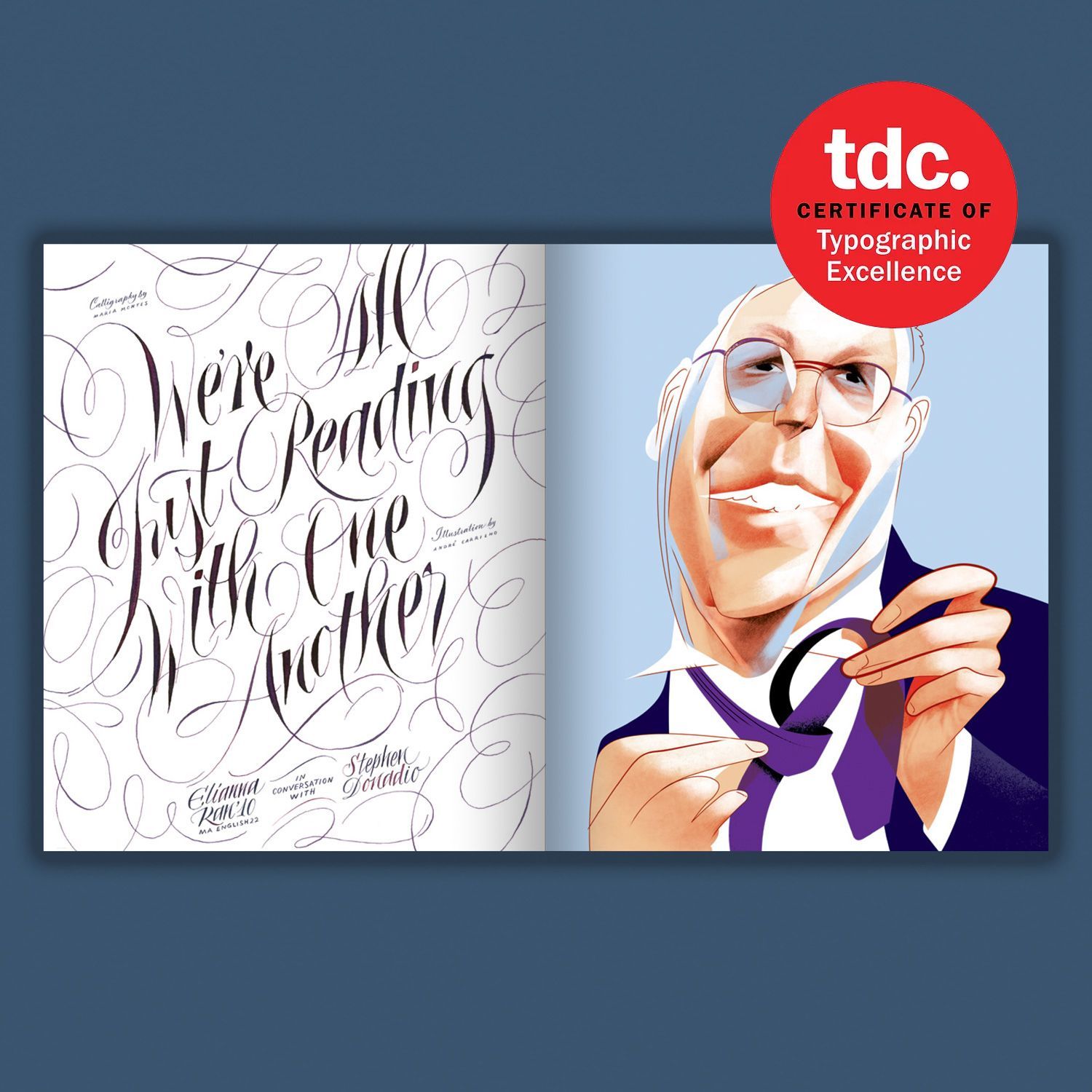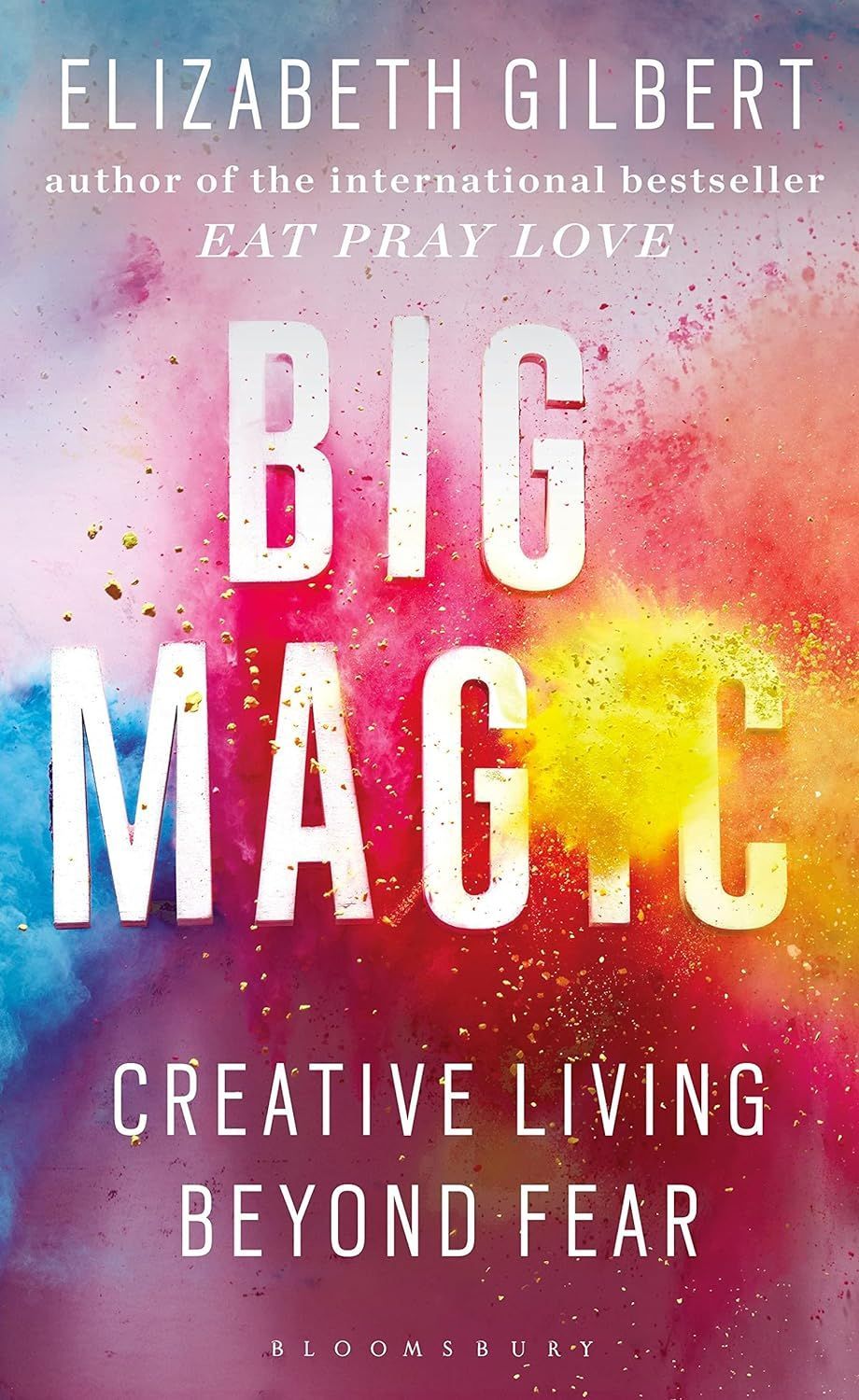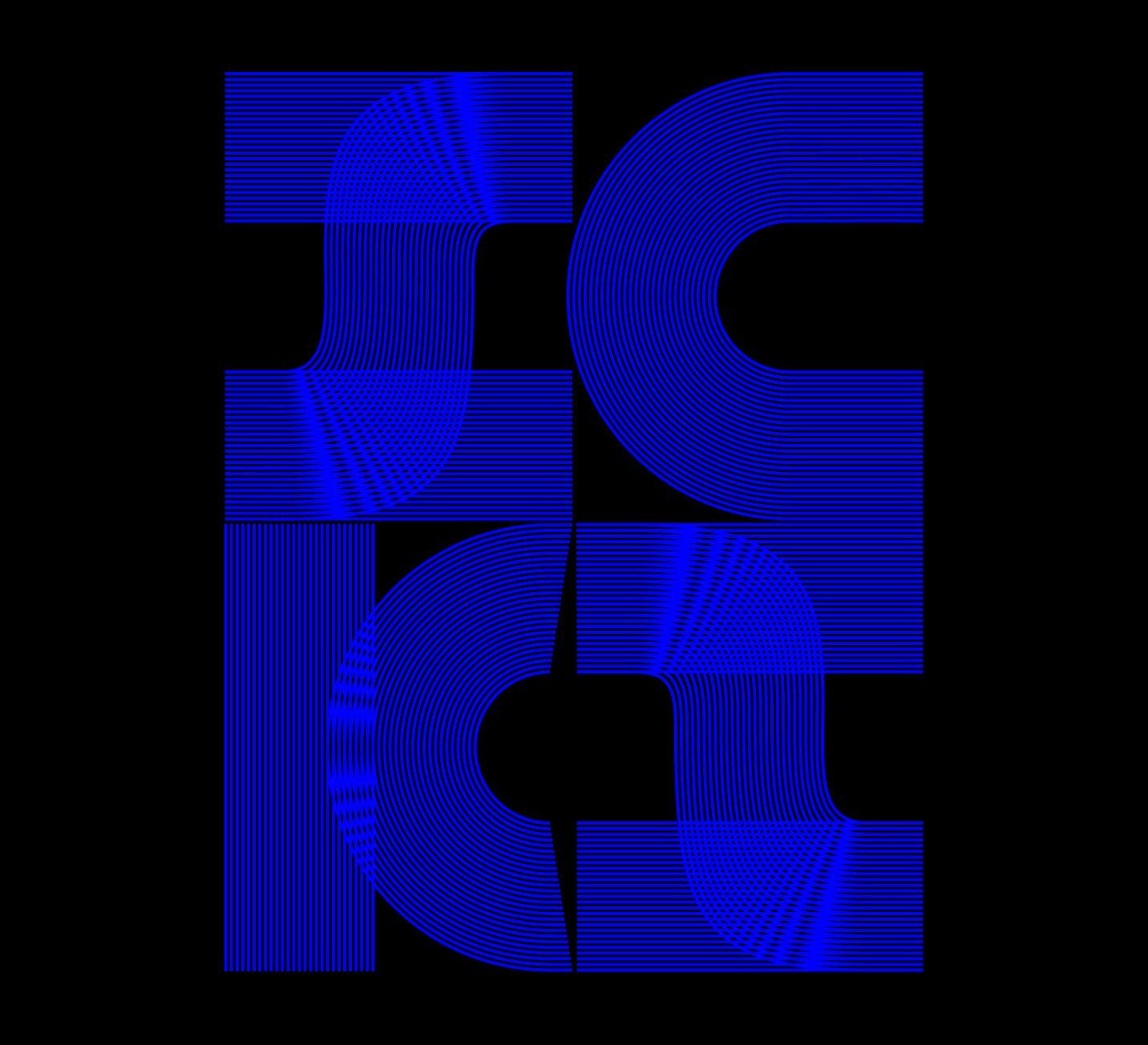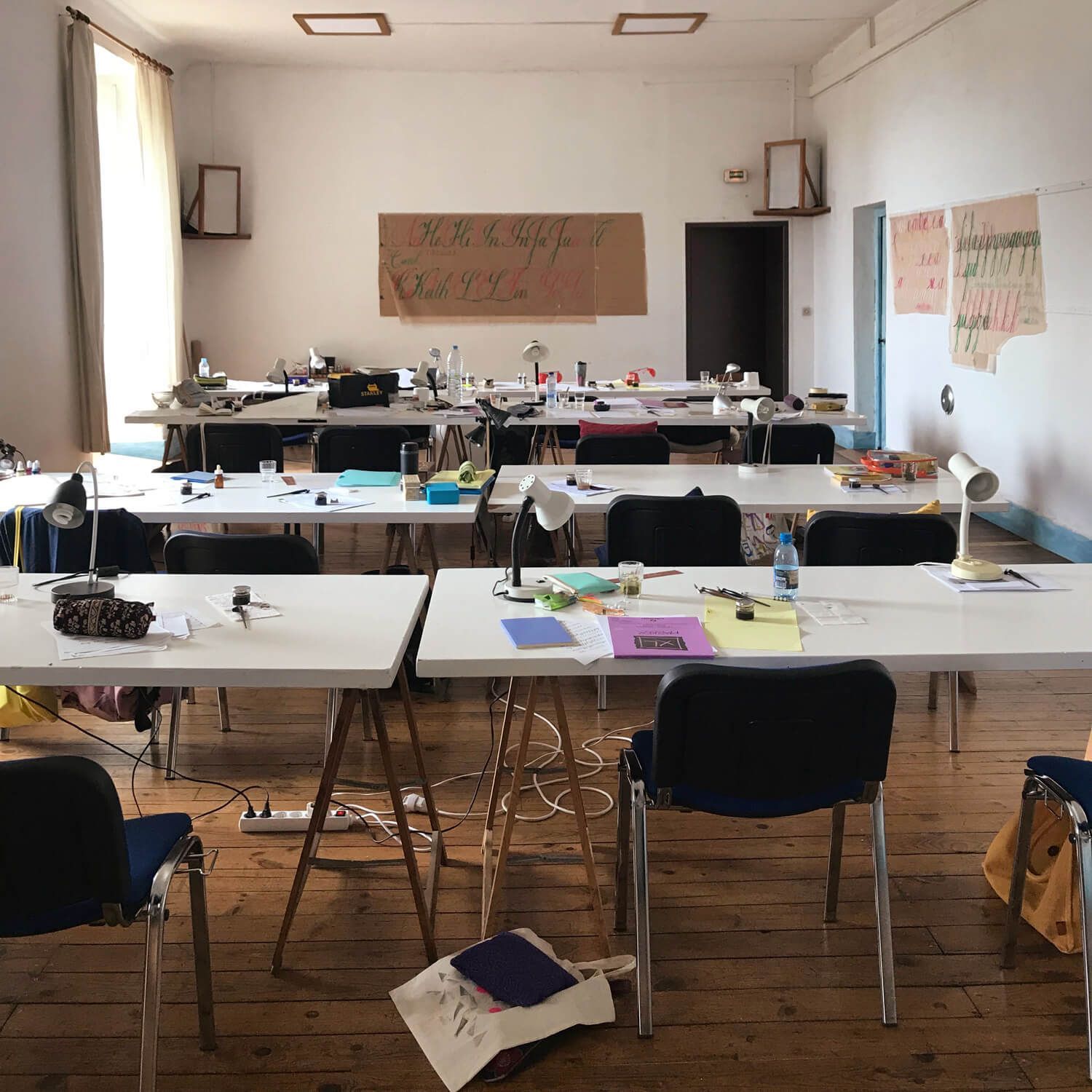Calligraphy As A Mindful Practice
Mindful practice refers to engaging in an activity with full awareness and presence, paying close attention to the present moment without judgment. It involves being fully immersed in the task at hand, acknowledging thoughts and feelings as they arise, but letting them pass without becoming attached to them.
Mindful practice can be applied to various activities such as meditation, yoga, art, calligraphy, music, sports, and even daily routines like eating or walking. The goal is to cultivate a state of mindfulness, which has been associated with numerous benefits including reduced stress, improved focus, enhanced emotional regulation, and greater overall well-being.
Video credit: Maria Montes. Copperplate calligraphy using a Hunt 101 nib, walnut ink and Canson XL paper. x-h: 6mm.
“Our goal is not to battle with the mind, but to witness it” Swami Muktananda
In 2012, I started to write calligraphy every morning for one hour before opening my laptop. It became a form of meditation, just for me and for my own professional and personal development.
More than a decade later, it’s still a mindful practice alongside yoga and traditional meditation. Sometimes, repeating the same messages turns into a mantra where my mind quiets down, and I get into the zone.
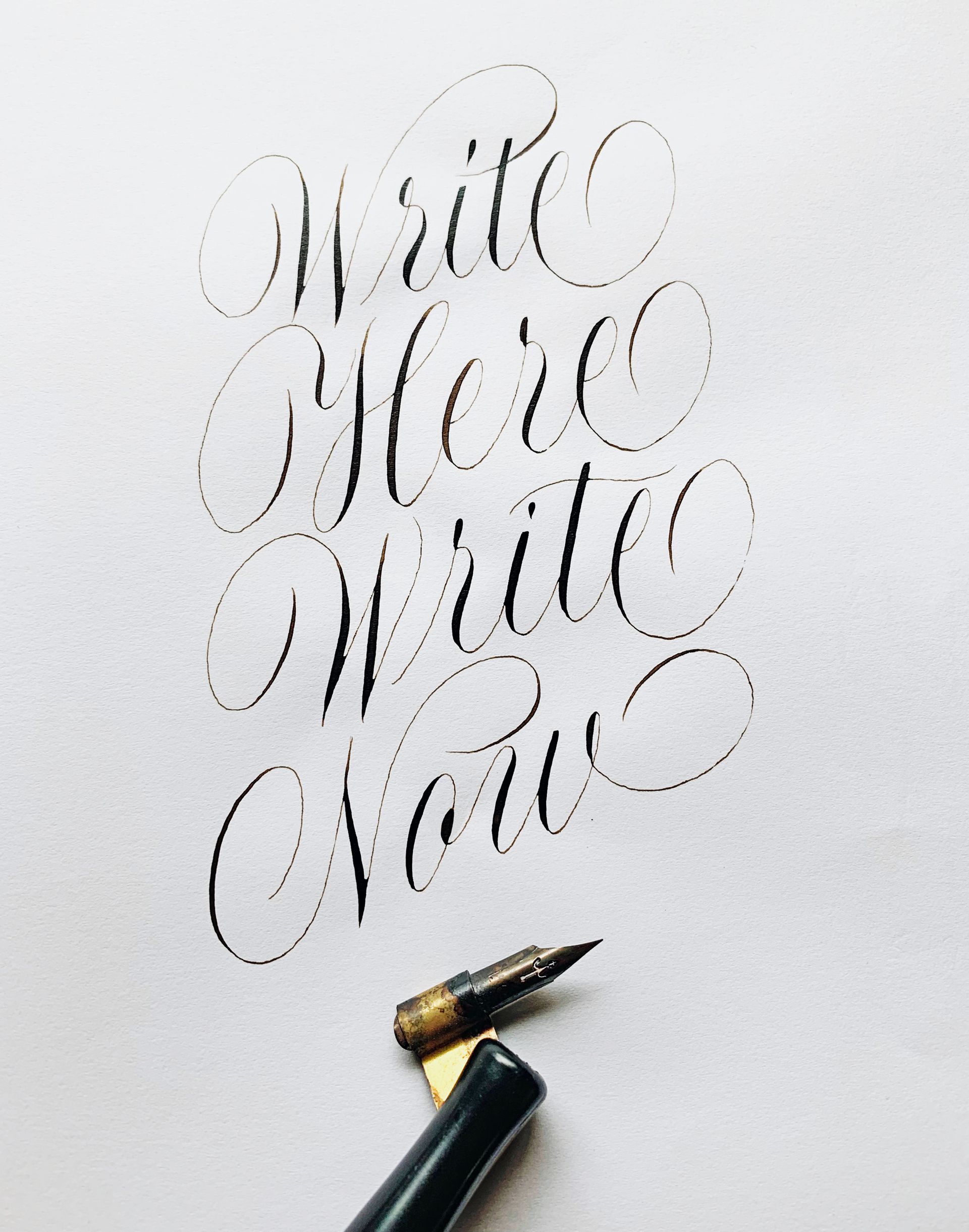
Photo credit: Maria Montes.
Copperplate calligraphy using a Hunt 101 nib, walnut ink and Galgo 70gsm paper. x-height: 17 mm.
Creative Mental Health
Calligraphy requires your full attention. By being fully present on the page, your mind slowly quiets down. Your breathing deepens, helping your body to relax. And before you know it, half an hour has gone by.
It is a creative and mindful activity where you enjoy the process while meditating on the page. Your inner and outer progress becomes your inspiration.
One of my favourite topics is creative mental health, and my number one recommendation for you is “Big Magic” by Elizabeth Gilbert. It’s light, funny, and at the same time has made me deeply reflect on my relationship with creativity. If you enjoy Big Magic, the following book for you is “The Artist Way” by Julia Cameron. Here is a great interview with both artists.
Two more books I haven't read yet, but I've heard a few comments about are “The Creative Act: A way of being” by Rick Rubin and “The element” by Ken Robinson. Let me know if you have read them, I would love to know your opinion!
Tidying Up Your Mind
I found Rajiv Surendra one year ago thanks to the Youtube algorithm. In my opinion, his videos are all about the art of living, as you can see there is a quality presence in all he does, and this 15-min video tidying-up a draw is a great example of that.
Learning to see
Calligraphy has trained my eyes through writing letterforms, as well as making me aware of my inner dialogue. Enjoying the process means becoming an observer of your own practice, and use it to fuel you forward.
These are some of the reasons why I write calligraphy:
1) It is a mindful practice
2) Improves your visual literacy: sharpening your eye
3) Improves your spacing and kerning skills
4) Learning by doing: wiring your brain-eye-hand
5) Learn the order of the strokes of each alphabet style
6) Understand about rhythm, contrast and composition
7) Discover the history of the Latin alphabet
8) Informs and improves your drawing skills
Happy lettering!
Video credit below: A healthy mind is vital to a healthy lifestyle, and regular mental exercises are part of Rajiv’s personal routine. Today he shares one of his key techniques on strengthening the mind and developing a positive relationship with oneself.
